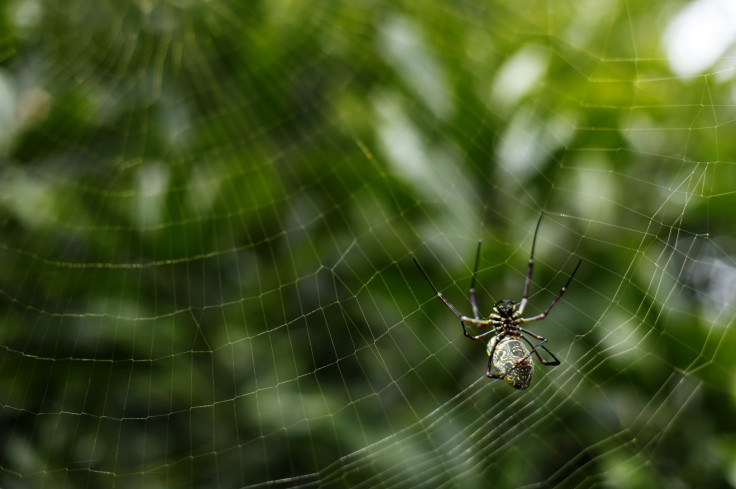Spider silk reveals more of its wonders; Researchers discover band gaps in spider silk

Spider silk is a wonderful thing and more and more of its awesome properties are being discovered. An international team of researchers has found that spider silk may be used to manipulate heat and sound. The silk shares a useful property with semiconductors.
The study, published in the journal Nature Materials, revealed that spider silk can block certain quasi-particles of sound, known as phonons, depending on their frequencies. It is the same way as semiconductors block certain electrons.
As per the researchers, this is the first discovery of a biological material that has a hypersonic phononic band gap. The researchers suggested that the spider silk’s crystalline microstructure may be replicated in other polymers. As heat propagates through solids via phonons, replication of the structure in polymers may enable dynamic, tunable materials “ like phonon waveguides and novel sound or thermal insulation.”
“(Spider) silk has a lot of different, interesting microstructures, and our group found we could control the position of the band gap by changing the strain in the silk fibre. There’s a range of frequencies that are not allowed to propagate. If you broadcast sound at a particular frequency, it won’t go into the material,” materials scientist and Rice Engineering Dean Edwin Thomas, who co-authored the paper, said in a statement.
On a weight-to-weight basis, spider silk is as stretchy as rubber and as strong as steel. Moreover, it has natural antimicrobial properties and is sticky. Spider silk is both biodegradable and hypoallergenic. This is why spider silk has inspired lots of synthetic materials such as nylon and Kevlar, writes Gizmodo Australia.
Spiders can distinguish between frequencies due to their silk’s weird dampening ability. Thomas was able to change the material’s acoustic properties by relaxing or stretching the softer chains connected to the harder protein crystals.
The researchers were also able to control the position of the band gap by changing the strain in the silk fibre. Spider silk may also be tweaked to have unusual thermal properties. If the crystalline microstructure of spider silk can be replicated, it may result in interesting applications such as materials that may dampen sound or provide insulation.





















